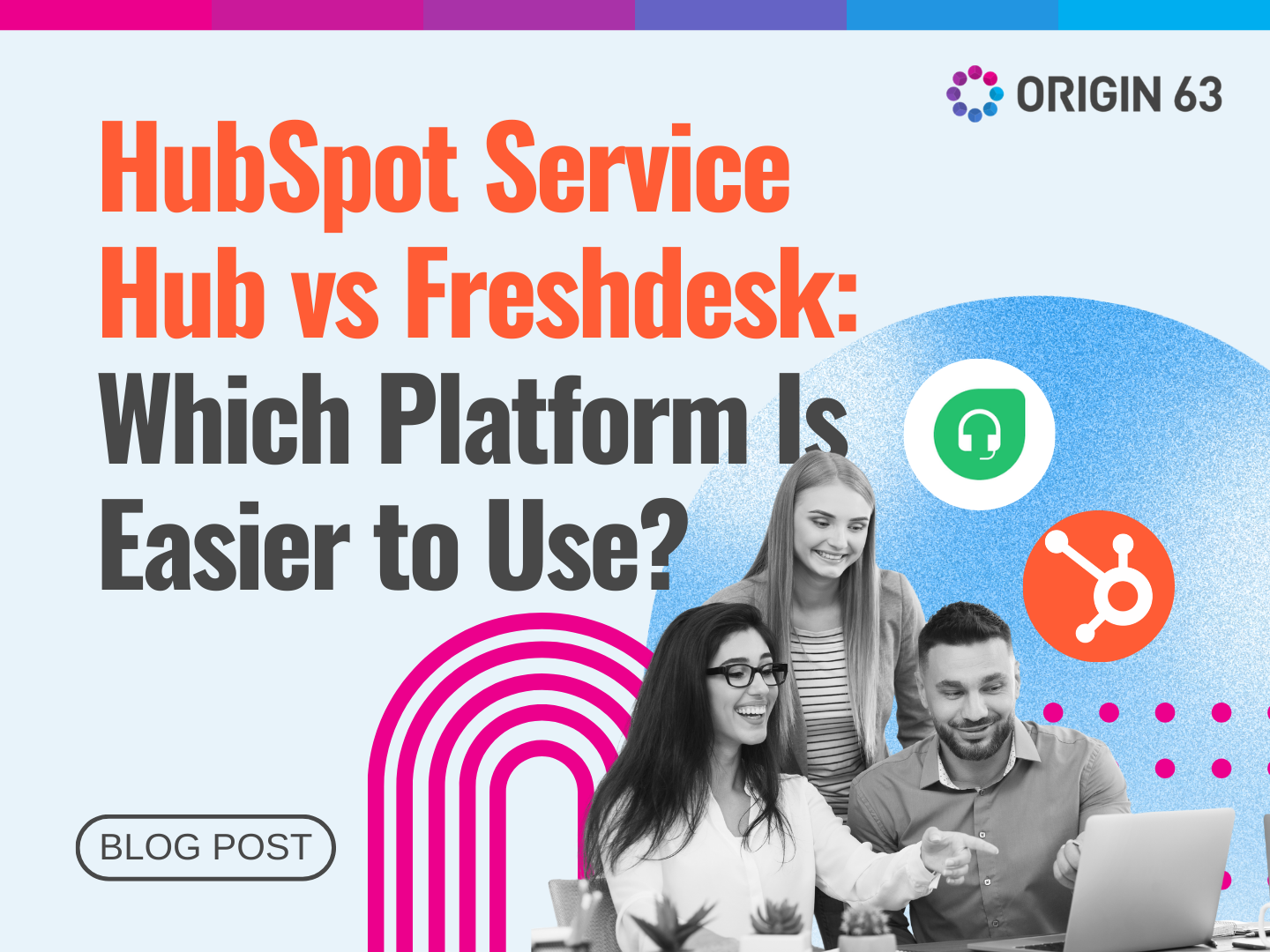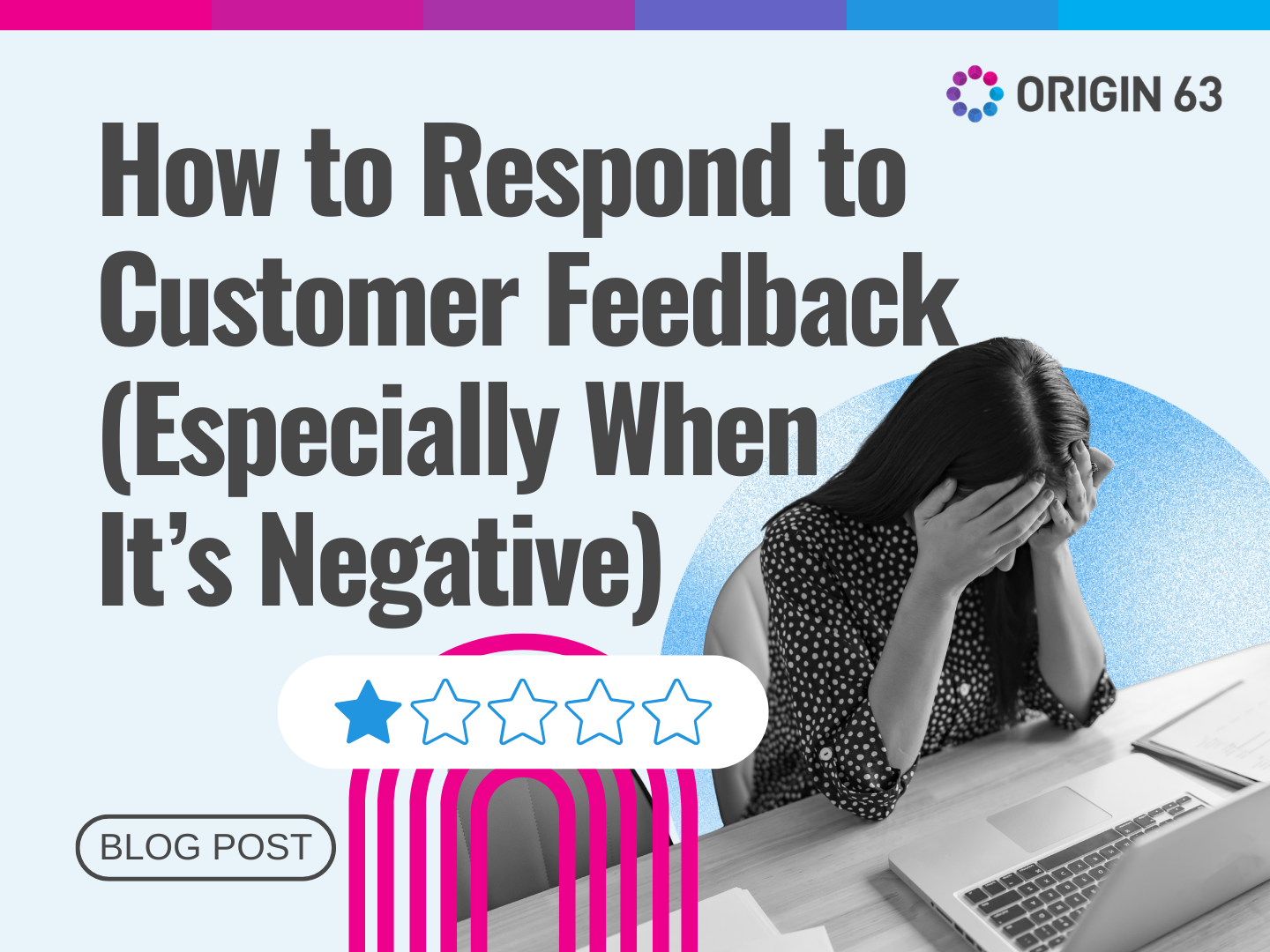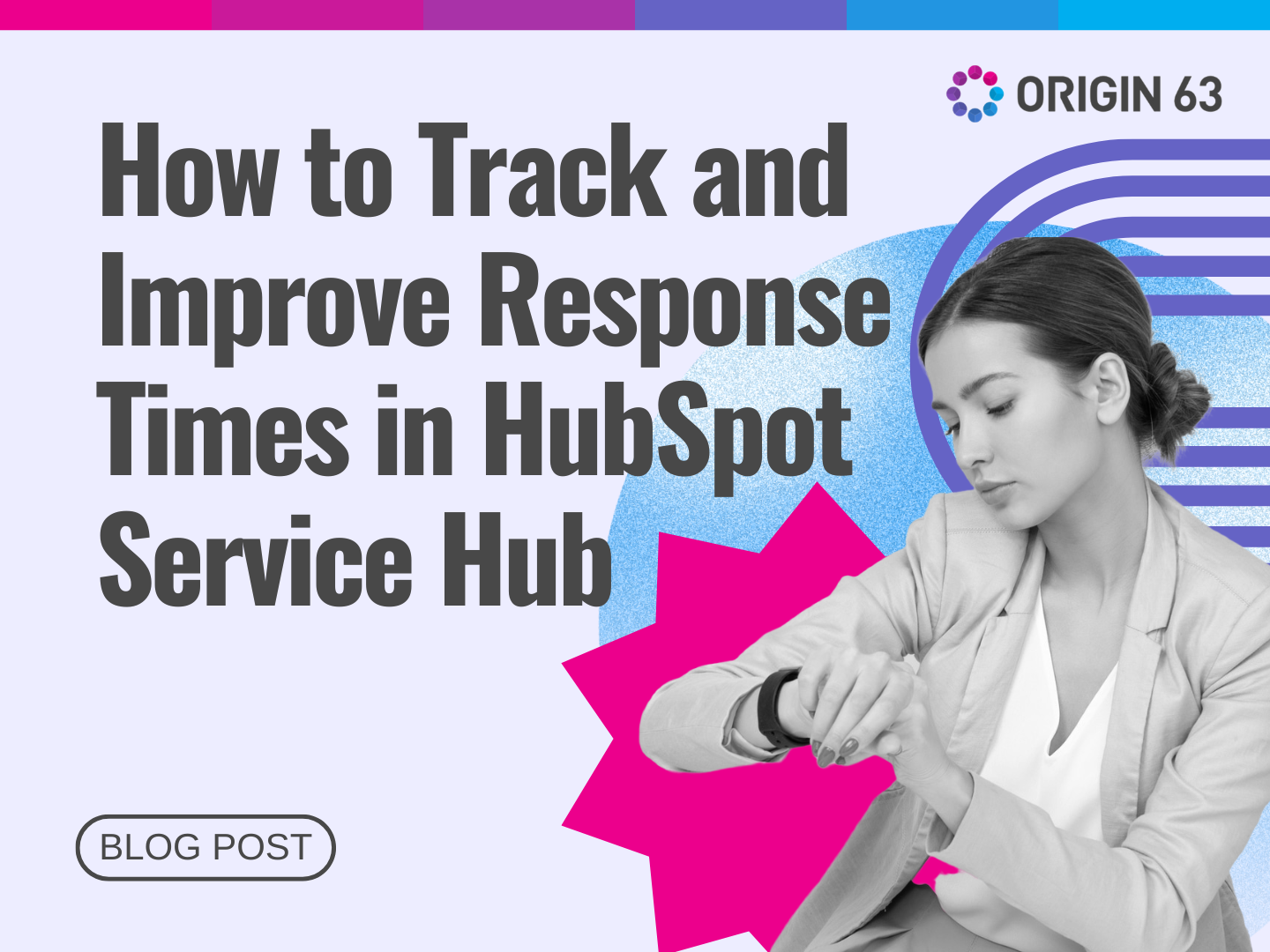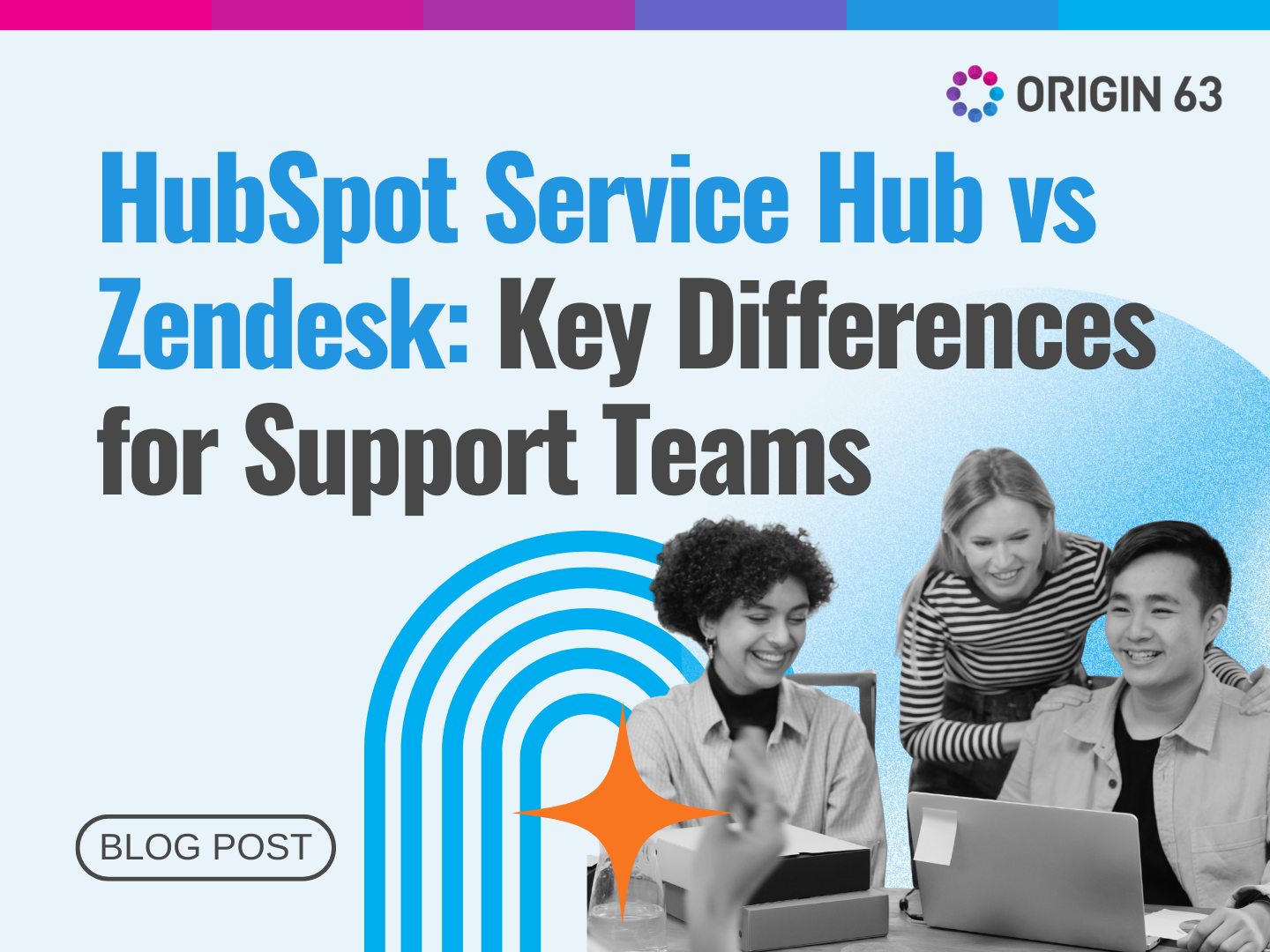When people find your business, they don’t always become customers right away. They might visit your site, read an email, or come back later with questions. Without a clear path, it’s easy for them to lose interest or slip through the cracks.
That’s why mapping the customer journey matters, and why tools like HubSpot’s Journey Automation can make a big difference. It helps you guide each person based on their actions, so they receive the right message at the right time.
In this blog, we’ll walk you through how to use Journey Automation to create better customer experiences, improve lead nurturing, and build stronger relationships step by step.
What Is HubSpot Journey Automation?

The customer journey is the path someone takes from learning about your business to becoming a customer. It includes each step, like visiting your website, opening an email, signing up for a demo, or making a purchase.
HubSpot Journey Automation helps you build and manage that path. You can plan what happens at each step based on the customer's actions. This includes sending messages, assigning tasks, setting delays, or updating contact details.
It also helps your team save time. Sales teams using automation tools save over 2 hours per day by automating tasks such as data entry and scheduling. Journey Automation keeps the process clear and organized.
Step-by-Step: How to Build a Customer Journey in HubSpot
Building a customer journey may sound complex, but HubSpot makes it simple. You start with one clear goal and guide people through actions based on their behavior.
Each journey consists of stages. You decide who enters the journey, what happens at each stage, and when a contact should exit. Over time, you can add more steps, test what works, and improve results.
Let’s walk through how to set up your first journey.
1. Start Simple: Create a New Journey
To begin, go to Marketing > Journeys in your HubSpot account and click Create journey. You can start from scratch, use a template, or follow a guided setup. If this is your first time, starting from scratch gives you more control and helps you learn the basics.
Choose one clear goal. For example, you might want to welcome new leads or follow up after a free trial. Starting with one focus keeps things organized and easier to manage. Once this journey works well, you can build others for different goals or audiences.
Avoid adding too many steps right away. A short and clear path is easier to test and improve than a long journey that tries to do too much.
2. Set Enrollment Rules (Who Enters the Journey)

Next, choose who can join the journey. This is based on two things:
- A contact list, like “Webinar Signups” or “Demo Requests”
- A contact property, like Journey Stage or Lifecycle Stage
A contact must be in one of the lists you pick and also match the property value you choose. For example, you might enroll anyone in your “Newsletter Subscribers” list whose Journey Stage is set to "Awareness."
You can select up to five lists for one journey. Make sure these lists are active and updated, so new contacts are added regularly. Also, use consistent property names across your CRM to avoid errors or missing people who should be included.
3. Choose a Starting Stage
In the journey editor, select where each contact starts. This is tied to the property you set in the enrollment step. For example, if you’re using the Journey Stage property, your starting stage might be “Awareness” or “Consideration.”
You can also choose to enroll people who don’t yet have a value for that property. This is useful if you're capturing new contacts who haven't been sorted yet.
Picking the right starting point helps make sure each contact gets the right message. Someone downloading a pricing sheet might be ready to buy, while someone joining your newsletter may still be learning. Start them at the right point so you don’t lose their interest.
4. Add Stages and Actions (Emails, Tasks, Delays, etc.)
Each stage in your journey is a point where something happens. You can add as many as 10 stages and include different actions inside each one. These actions help move people forward, keep them engaged, or alert your team.
You can add actions like:
- Send an email, SMS, or WhatsApp message
- Wait for a set time or until a contact does something (like opening an email or visiting a page)
- Create a task for a team member
- Set or update a contact property.
- Send an internal notification
To keep your journey smooth, make sure each stage has a clear purpose. For example, you might send a welcome email right away, wait three days, and then check if the person clicked a link. If they did, you might send a follow-up offer. If not, you could try a reminder or helpful guide.
Don’t forget that every action should connect to a real moment in the customer journey. Try to match your steps with what the contact needs at that time.
5. Set Goals and Exit Points

Each journey needs a clear end goal. This tells HubSpot when someone has completed the journey successfully. You can also set other exit points for people who don’t meet the goal but still need to leave the journey.
For example:
- Goal exit: Contact requests a demo or becomes a customer
- Other exits: Contact unsubscribes, stops engaging, or no longer meets your criteria
Setting up clear ends helps you track what’s working. You can also sort people into follow-up lists based on how they finished the journey. This way, your team knows who’s ready for the next step and who might need more time.
87% of AI users say that adding AI into existing tools has made them use automation more. When you tie journey goals to actual contact behavior, it becomes easier to adjust and improve your automation over time.
6. Review and Turn It On
Once your journey is set up, review it carefully. Check your:
- Enrollment settings
- Starting stage
- Stages and actions
- Goal and other exits
Ensure that every part aligns with your desired outcome. You can also choose whether to enroll people who already meet your criteria or only new contacts going forward.
When you’re ready, click Turn on journey. HubSpot will show how many contacts are eligible, and your automation will begin working.
Remember, you can always update the journey later. Just keep an eye on how contacts move through each step, and make changes as you learn what works best.
Tips to Make Your Journey Work Better
Once your journey is live, the work doesn’t stop there. To get the most value, you need to make sure each step fits your customer’s needs. That means thinking about where they are, what they care about, and how you can guide them forward.
Here are four ways to make your journey more effective:
1. Match Actions to Lifecycle Stages
Not every contact is at the same point. Someone who just joined your email list isn’t ready for a sales pitch. But someone who booked a demo might need pricing info or a follow-up call.
Use lifecycle stages like Subscriber, Lead, MQL, or Customer to shape your messaging. This helps you avoid sending the wrong message too soon. You can set actions in each stage to match what people expect at that point.
For example:
- Send helpful guides or blog posts to new leads
- Invite warm leads to a webinar or demo
- Follow up with trial users to answer common questions
Use Lead Scoring to Personalize the Experience
Lead scoring helps you track how engaged someone is based on their behavior. You can assign points for actions like:
- Opening emails
- Visiting page
- Watching a product video
- Downloading a case study
Once someone hits a score you define, you can move them to a new stage or send a specific message. This helps you focus on people who are most likely to buy, without ignoring the rest.
50% of salespeople say that most software they use by 2030 will include AI or automation. Using lead scoring today helps prepare your team for that shift and lets you respond faster to strong signals.
Nurture at Every Step
A good journey doesn’t rush. It gives people time to learn, decide, and feel confident. Add helpful content at each stage so contacts get value whether they’re ready to buy or still exploring.
Think about adding:
- Educational emails
- Success stories
- Setup tips or how-to guides
- Personal check-ins from your team
This kind of nurturing builds trust. Even if someone doesn’t convert right away, they’re more likely to come back later.
Watch Performance and Improve Over Time
Once your journey is active, review how people move through it. Look at:
- How many contacts enter each stage
- Which actions get the best response
- Where people drop off or stop engaging
- How many reach the end goal
Use these insights to make changes. You might need to update an email, shorten a delay, or change when you send a message. Learning to read performance data now helps your team adapt and improve faster.
Build Journeys That Work
Mapping the customer journey helps you guide people through every step, from first click to loyal customer. With HubSpot Journey Automation, you can plan smart, personalized paths based on what people actually do.
Start simple. Set up clear stages and actions. Match your journey to lifecycle stages, use lead scoring to personalize it, and always look at what’s working. The more connected your journey is, the better your results will be.
Good journeys don’t just move people forward. They build trust, save time, and create a better experience for everyone.
Ready to Build Smarter Journeys with HubSpot?
Origin 63 helps teams use HubSpot effectively from strategy to setup. We’ll work with you to map customer journeys, connect key touchpoints, and turn automation into real growth.
Let’s make your customer experience stronger, faster, and more aligned with your goals.














.png?width=90&height=90&name=Arrows%20Partner%20Badge-test%20(1).png)

